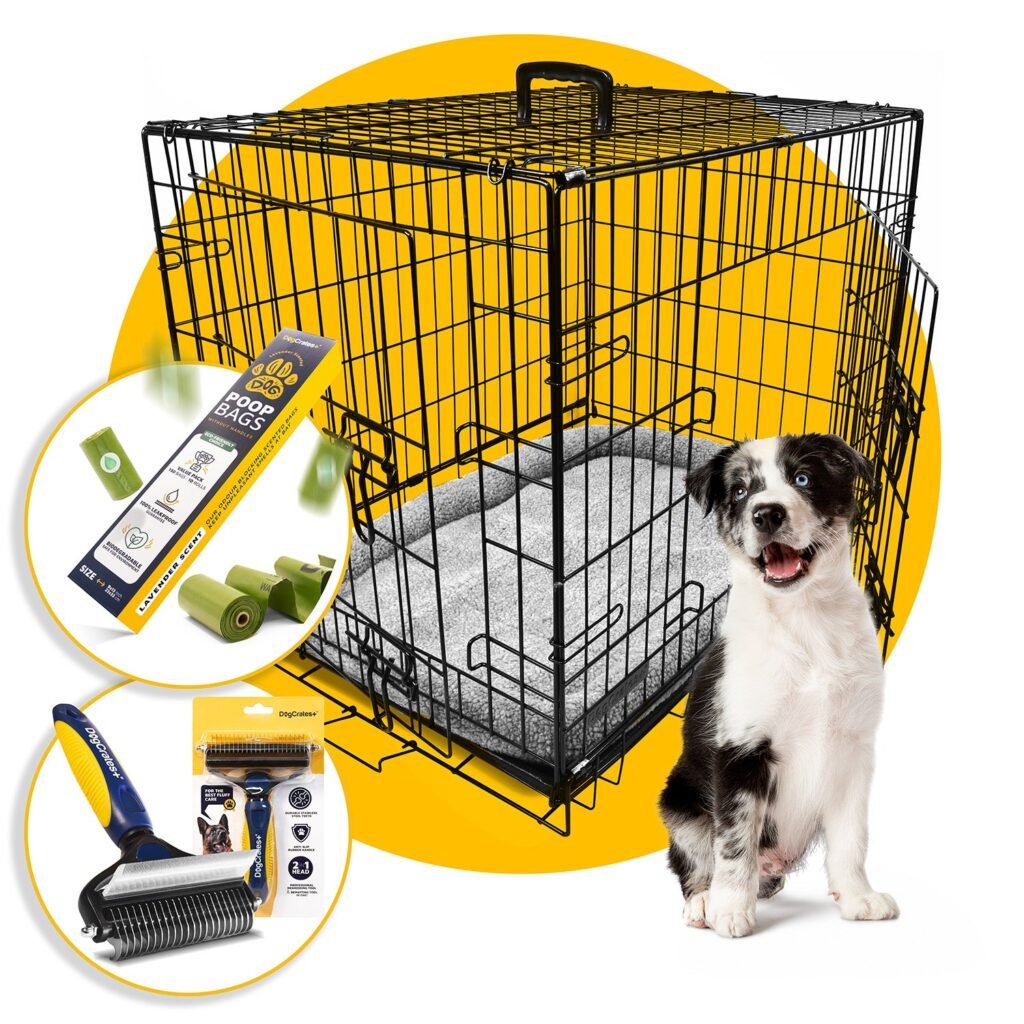Have you ever looked into the eyes of your beloved senior dog and wondered if you’re doing everything you can to ensure their twilight years are as golden as possible? You’re in good company. As we, your fellow dog lovers over at PawsnBlogs, prepare our homes to accommodate the aging paws of our furry companions, we often find ourselves pouring over all the possible ways to make these years comfortable. Caring for a senior dog can feel a bit like flipping through a familiar book, with each page slightly more delicate, and each story revealing new quirks and needs.

This image is property of images.unsplash.com.
Understanding the Aging Process in Dogs
You know how you’re not quite okay with the idea of back pain and bifocals? Dogs go through their own version of aging that can be just as perplexing and nuanced. Just as some people start seeing gray hairs at 30 (I’ve heard rumors…), dogs, too, experience the aging process uniquely. Seniors in the dog world are generally those beyond seven years old, but smaller breeds tend to join the club a little later than their larger cousins.
What Signs Should I Look For?
These are some signs that your dog might be entering their senior years: gaining a bit rounder around the middle, decreased interest in those five-mile park runs, graying muzzle, and perhaps, a touch more sway in their gait. Sound familiar? To help unravel this complex tapestry, here’s a table of common aging signs:
| Sign | Description |
|---|---|
| Joint Stiffness | Slower movement and difficulty climbing stairs or jumping. |
| Weight Changes | Unexplained weight gain or loss. |
| Vision and Hearing Changes | Possible difficulty seeing or hearing things that used to be noticeable. |
| Behavioral Changes | Increased anxiety, restlessness, or irritability. |
| Changes in Activity Levels | Decreased energy or reluctance to exercise. |
Each of these signs might not scream “senior dog” on their own but put together, they paint a more comprehensive picture.
Nutrition and Diet for Senior Dogs
When I realized that my senior dog Winston needed a nutritional makeover, it felt like opening a can of worms—or rather, a can of grain-free, senior-friendly dog food. As our furry friends age, their metabolism slows and their dietary needs change. Ensuring they get the right nutrients is as crucial for them as a well-timed yoga class is for us wannabe health enthusiasts.
Tailoring Their Diet
First and foremost, consult with your vet. Your veterinarian can advise whether your little old-timer should be on a special diet based on any existing health concerns. Usually, nutrition for senior dogs includes balanced proteins, healthy fats, fiber for digestion, and supplements like omega-3 fatty acids for joint support.
Example Diet Changes:
- Protein: Reduced quantity but higher quality to maintain muscle mass.
- Fat: Slightly reduced to prevent obesity unless the dog suffers from chronic weight loss.
- Fiber: Increased to aid in digestion and bowel regulation.
- Calcium & Phosphorous: Controlled to prevent kidney and bladder stones.
Consider including joint supplements as well. Products containing glucosamine and chondroitin can provide support to aching joints. But remember, these are not one-size-fits-all solutions—it’s essential to keep your dog’s specific needs in mind.
Exercise and Physical Activity
Can you imagine waking up every morning and feeling like your knees have aged fifty years overnight? I shiver at the thought. Just like us, as dogs age, their physical capabilities change. But don’t give up on playing fetch just yet! Exercise remains vital.
Staying Active
The key is moderation. Here’s the crux: maintaining regular physical activity can help keep your dog’s weight in check and their muscles toned, which in turn supports joint health. However, high-impact activities might need to be swapped out for gentler ones.
Alternative Exercises:
- Short Walks: Reduce the distance but not the frequency.
- Swimming: A low-impact activity that can be excellent for arthritic joints.
- Puzzle Toys: Engage your dog’s mind and keep them stimulated.
Keeping your dog limber doesn’t have to be complicated. Adopt a routine that makes them look and feel like the dignified elder statespets they are.
Regular Veterinary Check-ups
I remember a day not too long ago, grumbling to the vet tech about how my dog’s vet visits were becoming as frequent as my coffee shop visits. Here’s the thing, though: regular veterinary check-ups for senior dogs are not just important—they’re critical.
The Importance of Routine Vet Visits
With age can come a host of possible health issues: arthritis, diabetes, kidney disease, and heart disease to name a few. Regular vet visits allow early detection, making treatments more effective. So, while I might have been counting pennies, the peace of mind was worth its weight in gold.

This image is property of images.unsplash.com.
Managing Common Health Issues
You know how your joints crack a bit more than they used to when getting out of bed? Dogs, too, have their own health struggles. Understanding common geriatric issues will help you manage them better and may slow their progression.
Addressing Arthritis
One of the most common conditions senior dogs face is arthritis. Arthritis can be sneaky, creeping up like autumn chill, slowly impacting your dog’s ability to move. You might notice your dog stiffly rises from a nap or hesitates before climbing the stairs.
Effective management involves a combination of options:
- Weight Management: Keeping your dog slim will reduce stress on their joints.
- Medication: Your vet might prescribe non-steroidal anti-inflammatory drugs (NSAIDs) or other pain relief options.
- Physical Therapy: Consider professional physiotherapy sessions to improve mobility.
Kidney Disease
Kidney issues are as much of a setback for dogs as forgetting your keys for humans. Early diagnosis can significantly affect the prognosis. Signs to be on the lookout for include increased thirst and urination, lethargy, and loss of appetite.
Heart Disease
It might be tempting to dismiss an old dog’s cough as nothing, but persistent coughing could be a sign of heart disease. Regular check-ups are imperative if symptoms arise; treatments are available that can dramatically improve quality of life.
Cognitive Decline
Picture this: I’m sitting there, trying to remember why I walked into the room. You’ve been there, right? Dogs, too, can suffer from a version of cognitive decline known as canine cognitive dysfunction syndrome (CDS), resembling Alzheimer’s in humans.
Supporting Cognitive Health
Signs of cognitive decline include disorientation, sleep disturbances, and changes in interaction with family members. While there’s no cure, cognitive health can be supported by mental stimulation, consistent routines, and, in some cases, medication prescribed by a vet to slow down the progression.

This image is property of images.unsplash.com.
Creating a Comfortable Home Environment
Setting up your living space to be more senior-dog-friendly doesn’t have to turn your home into an obstacle course. Instead, think of it as redecorating for comfort. Memory foam beds, easy access ramps, and non-skid flooring might do wonders.
Adapting the Home
Create an environment that emphasizes ease and comfort. Consider setting up their bed away from drafts and provide easy access to water. Investing in supportive bedding can also alleviate pressure on sore joints.
Emotional Needs and Companionship
Have you ever just needed a hug on one of those tiring days? Emotional well-being is crucial to a senior dog, just as it is for us. Older dogs often seek more warmth and companionship. Continually engaging and reassuring your dog can keep loneliness at bay and instill a sense of security and stability.
Saying Goodbye
It’s something none of us want to think about, the end of our time with our beloved companions. But when that time comes, it’s okay to feel, well, heartbroken. It’s essential to focus on quality over quantity of life during these times. Ensure your dog feels loved and comforted, and talk to your vet about humane end-of-life options when necessary.
In the maze of senior dog care, remember: it’s about the journey, not just the destination. Our dogs have given us the best years of their lives, and it’s now our turn to reciprocate this privilege by offering them comfort and care in their senior years. After all, isn’t it a joy to repay a fraction of the affection our dogs have generously shared with us?





